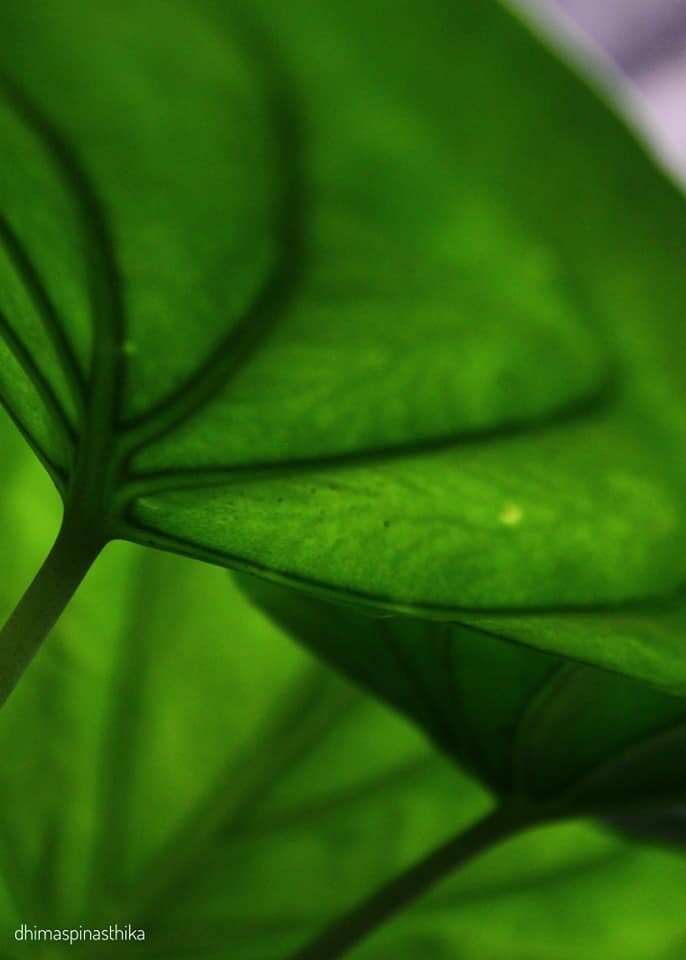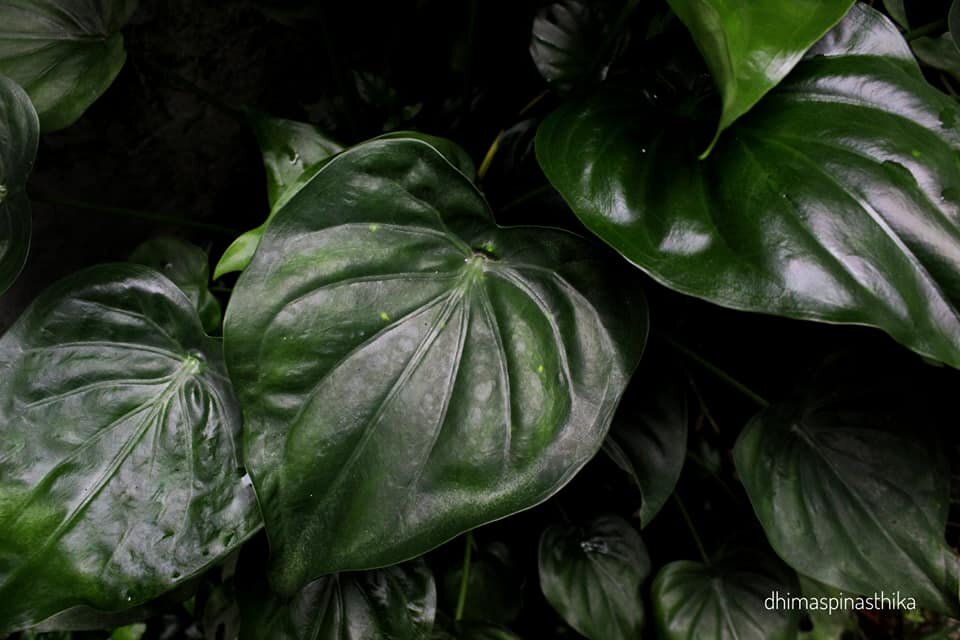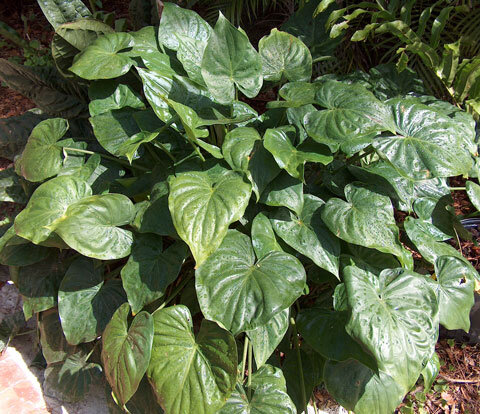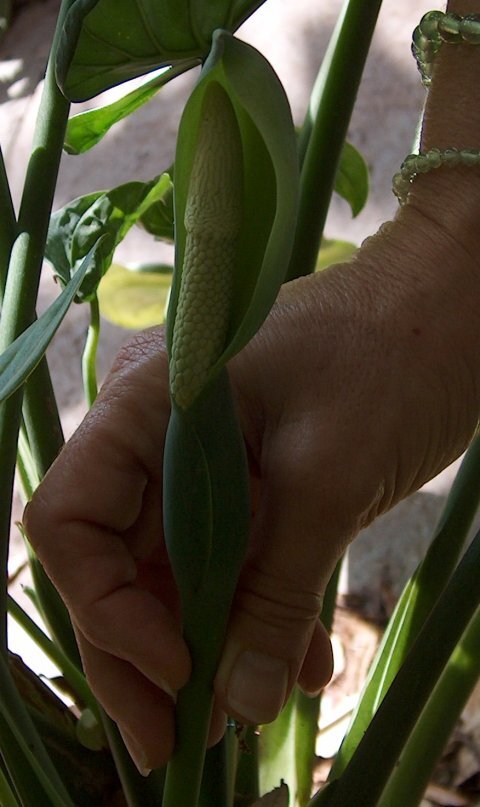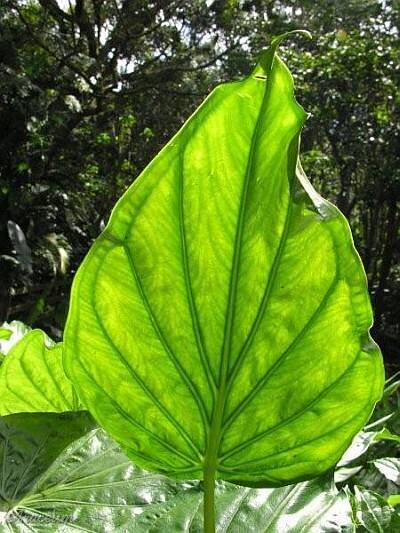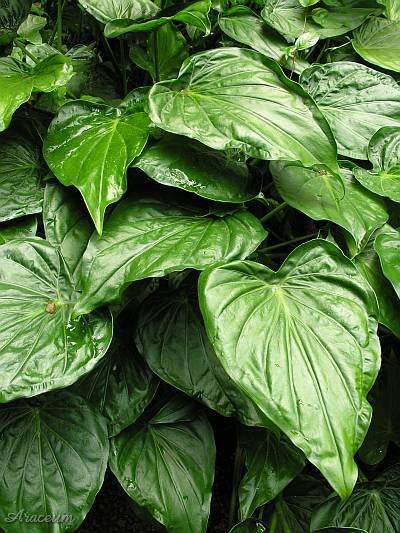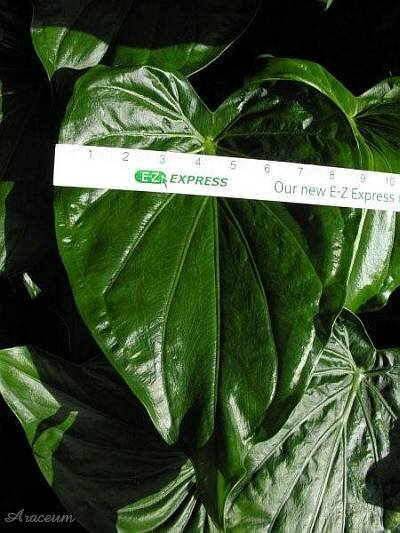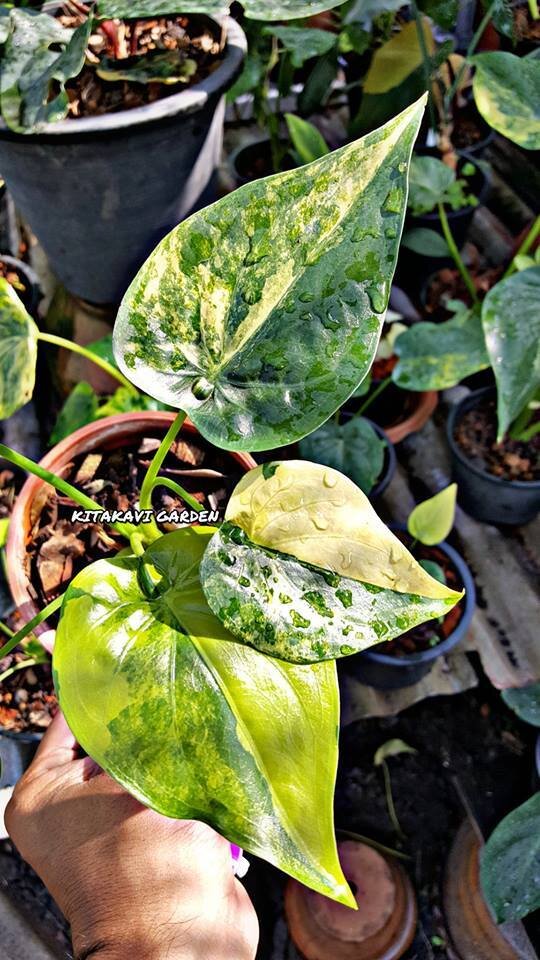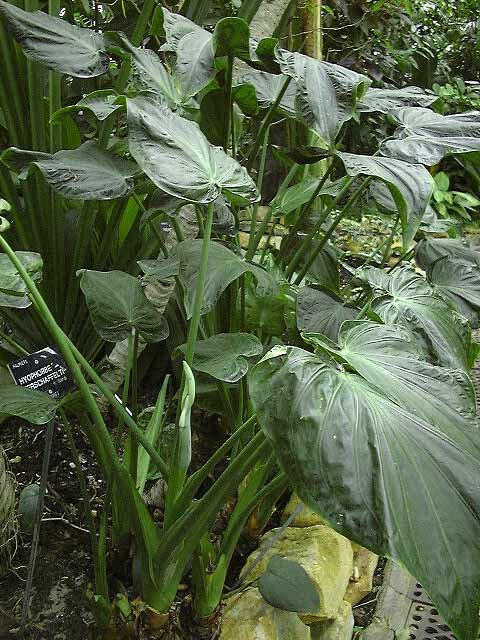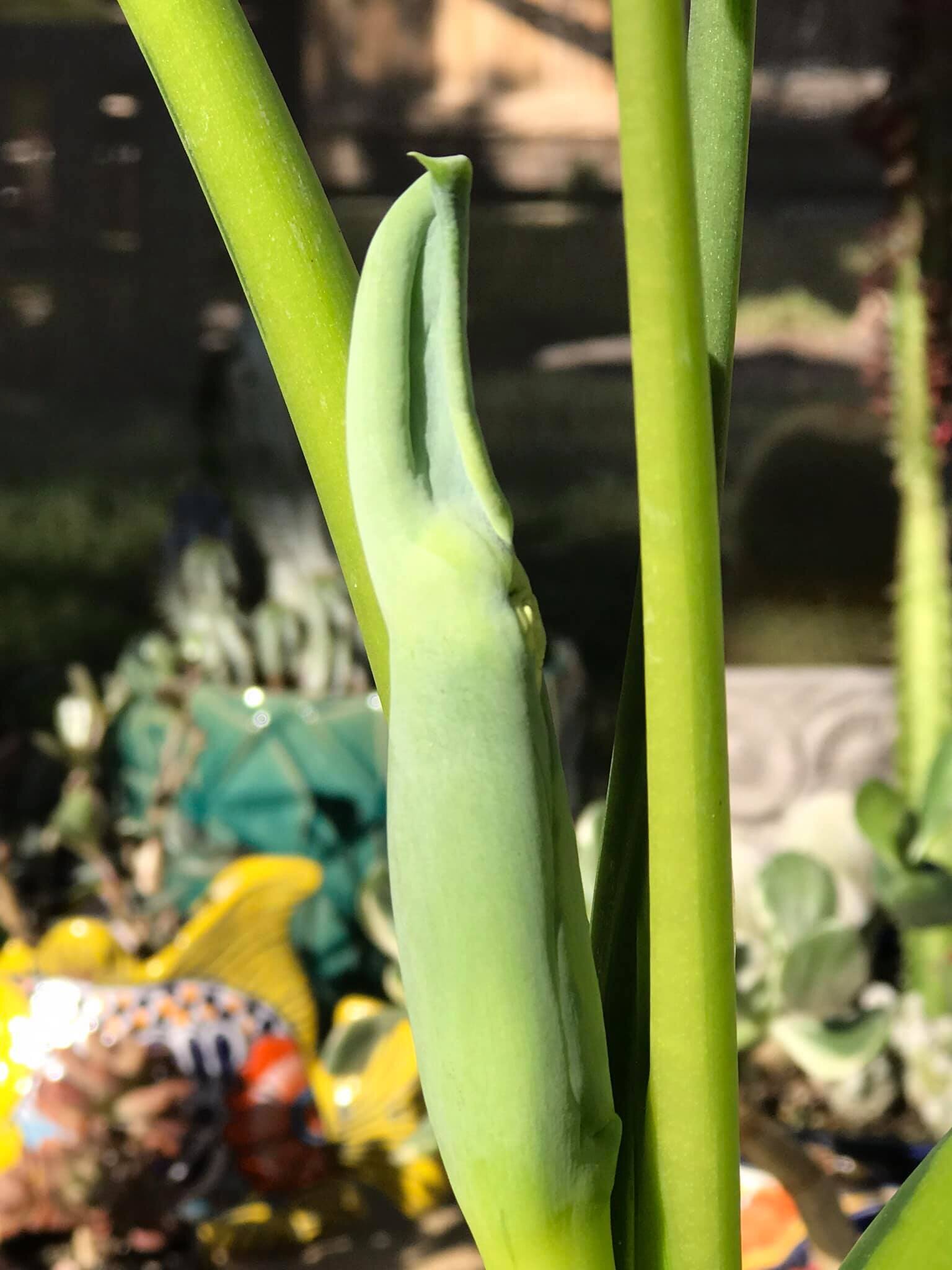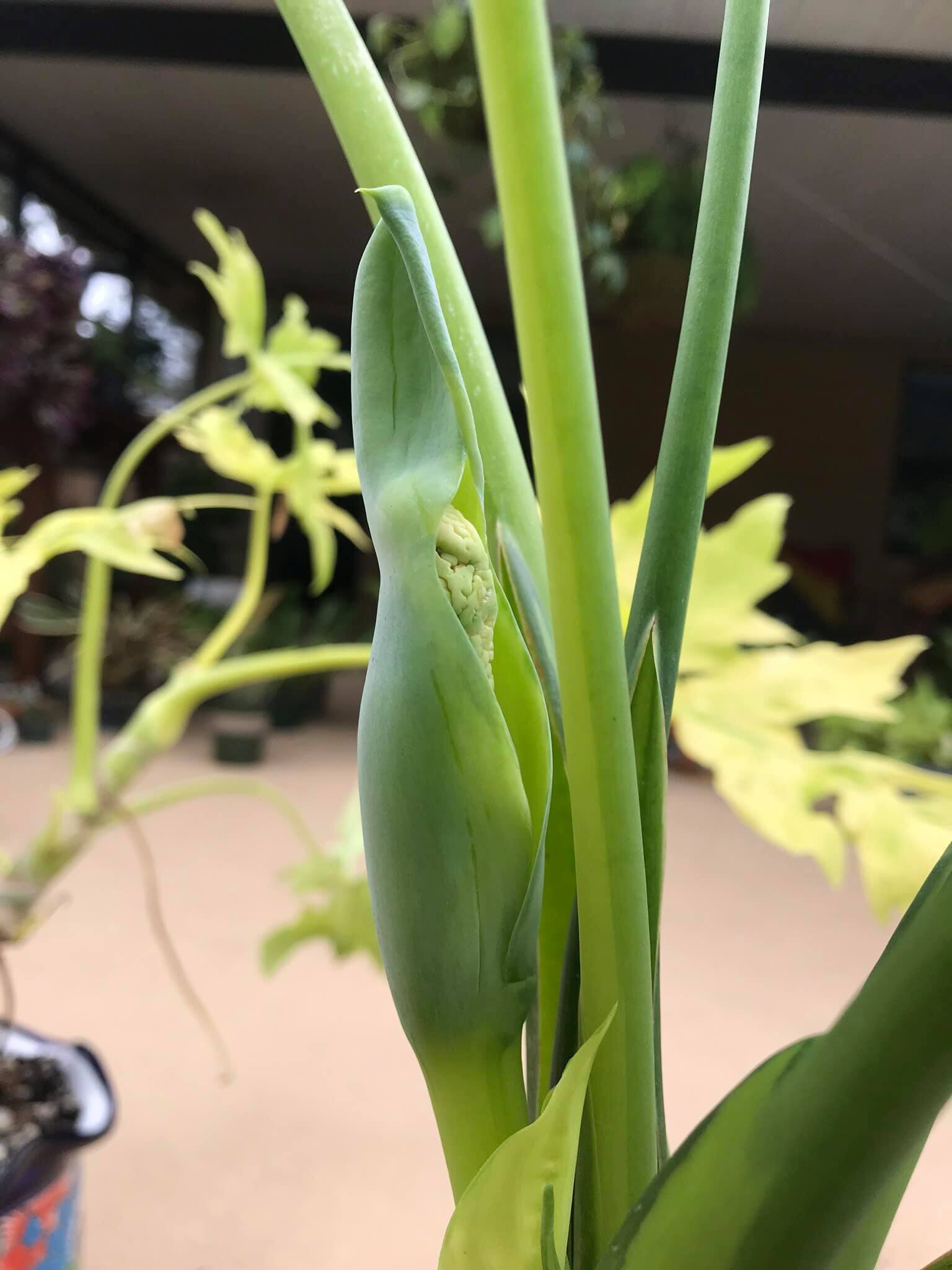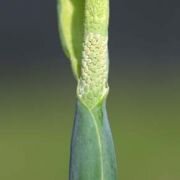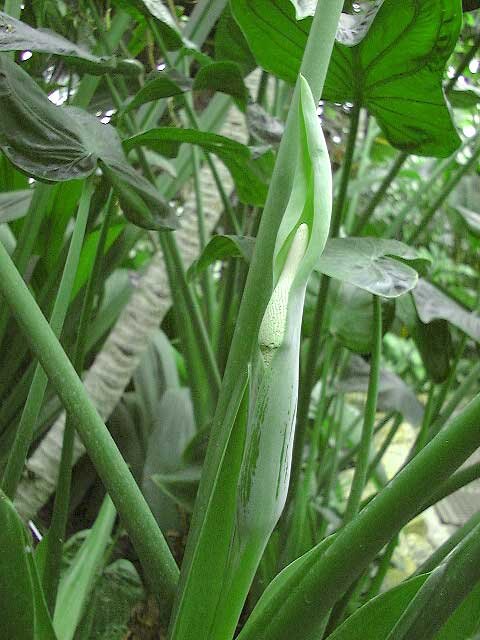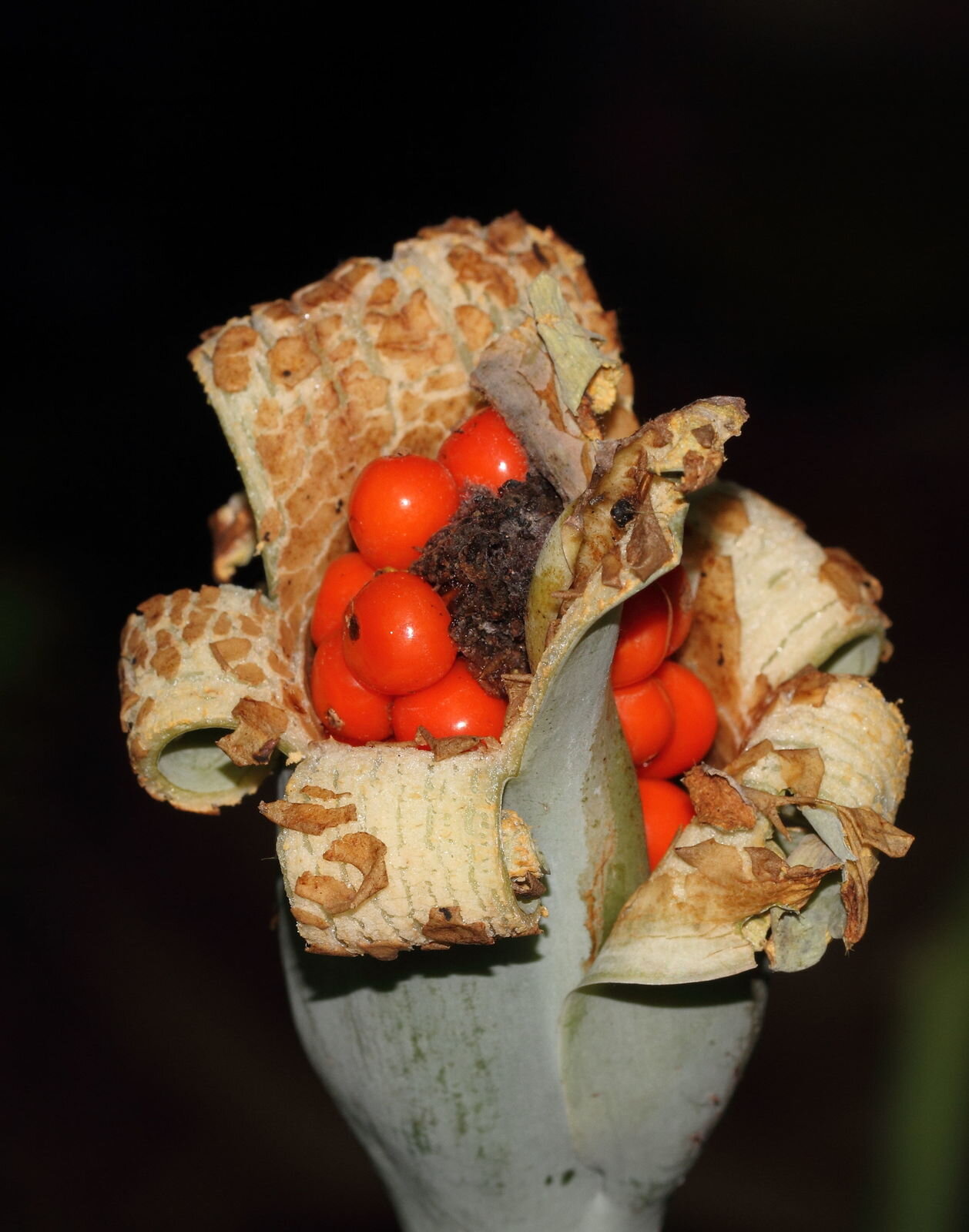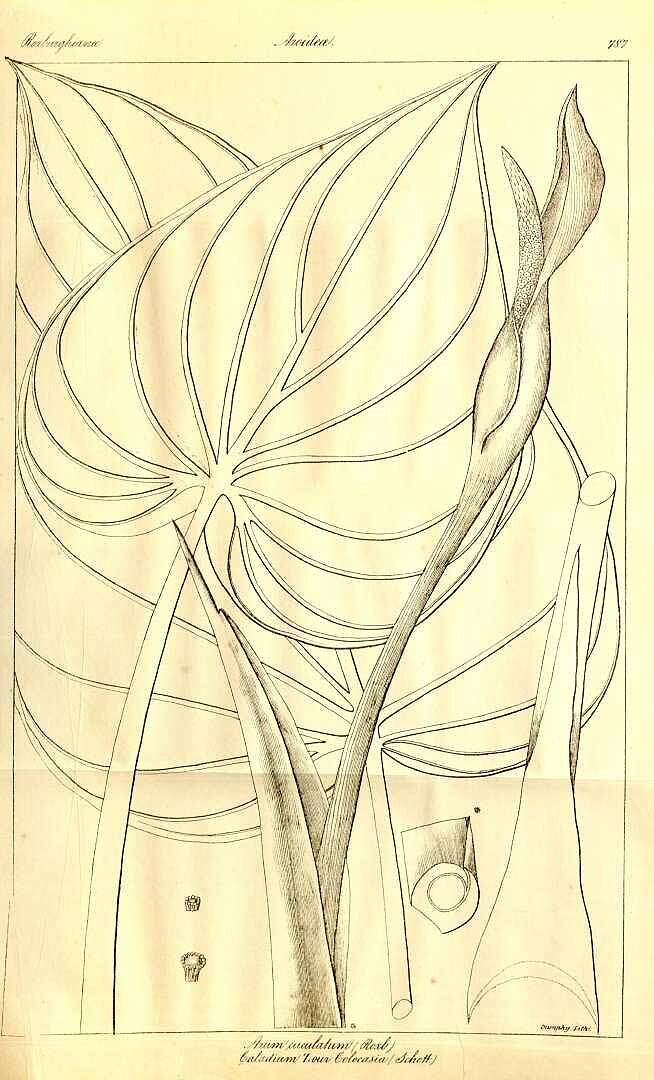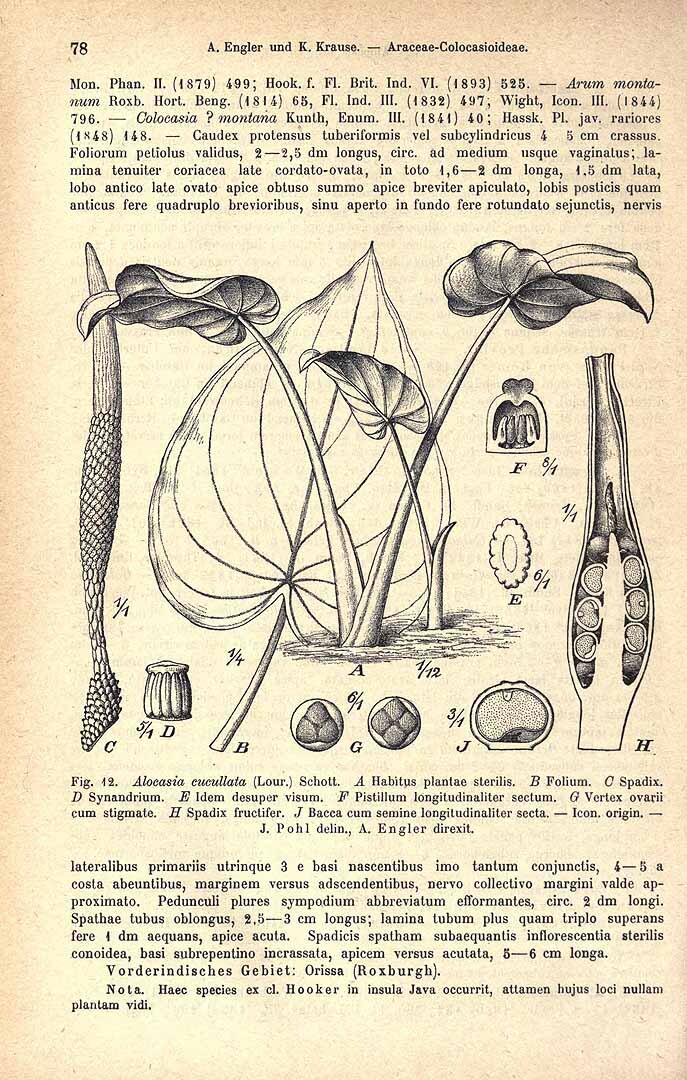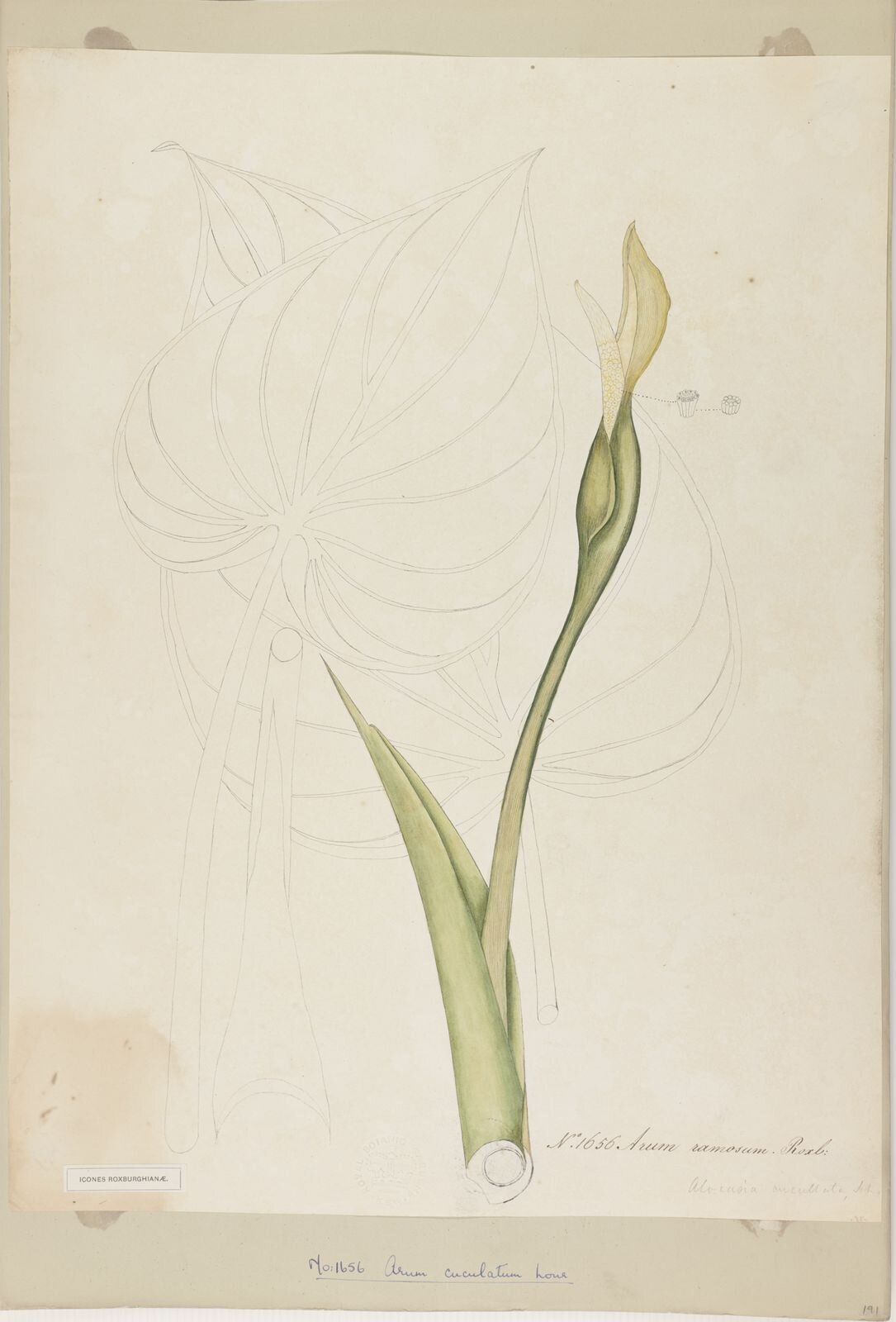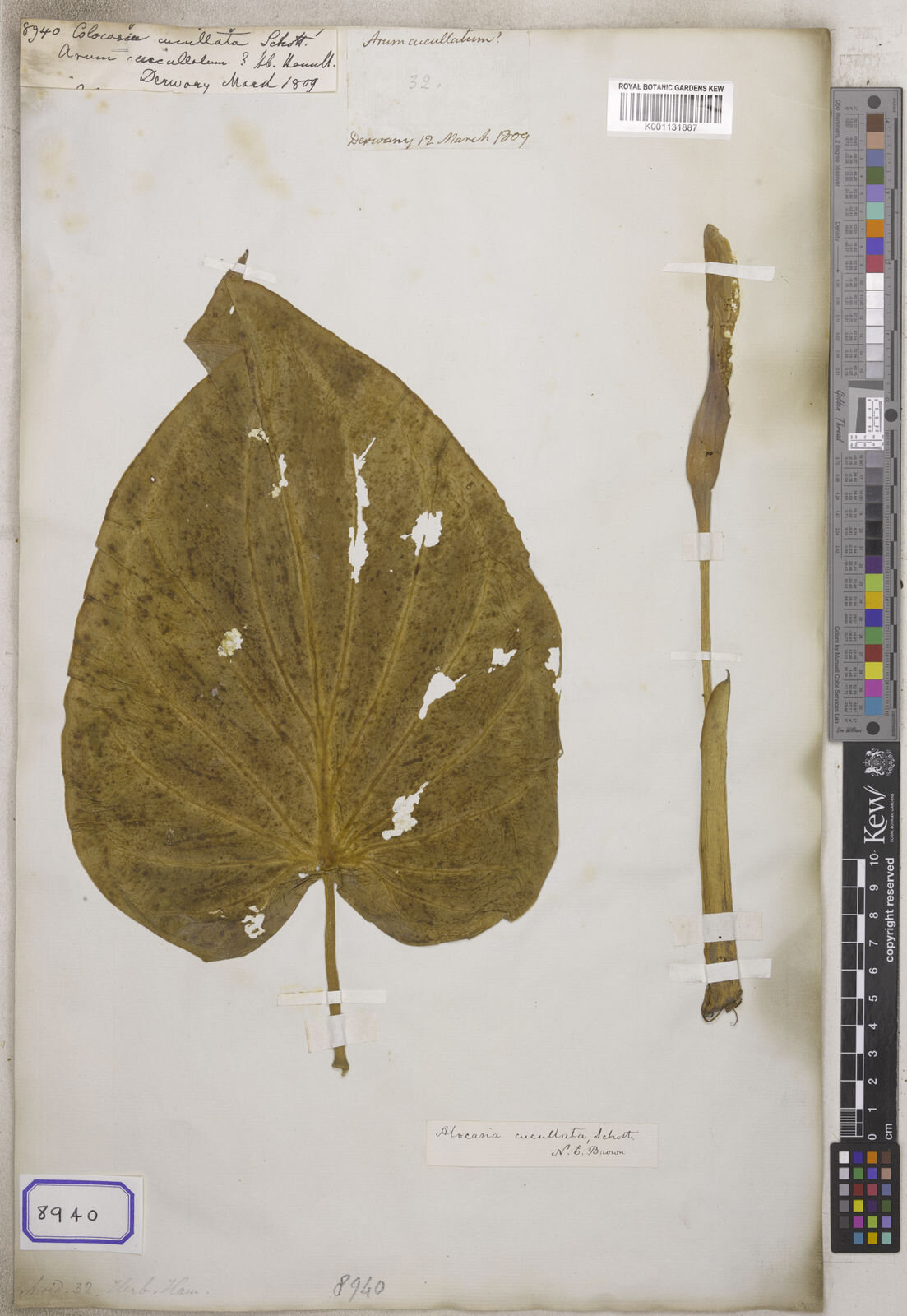ALOCASIA CUCULLATA
ORIGINAL DESCRIPTION:
Photo by Dhimas Pinasthika
SYNONYMS: 尖尾芋(Pinyin: Jiān wěi yù | “Cuspidate Alocasia”), Alocasia rugosa, Arum cucullatum, Caladium colocasia, Caladium cucullatum, Caladium rugosum, Colocasia cochleata, Colocasia cucullata, Colocasia rugosam Panzhuyuia omeiensis, Alocasia ‘Buddha’s Palm’
DISTRIBUTION: Assam, Bangladesh, China South-Central, China Southeast, East Himalaya, Hainan, Laos, Myanmar, Sri Lanka, Taiwan, Thailand, Vietnam, West Himalaya
Introduced: Cook Is., Costa Rica, Honduras, Japan, Nansei-shoto, Ogasawara-shoto, Windward Is.
CLIMATE: Subtropical humid climate
Humidity is moderate throughout the year, ranging from 60% to 70%
Temperature is varies between the seasons - within the range of 48°F/9°C to 88°F/31°C during the day. Minimum temperatures never dip below 45°F/7°C
Rainy and humid season (October to May) and a dry season between June and October. The average annual rainfall is 1,200 mm
ECOLOGY: Watersides, by fields, wild or cultivated; below 2000 m
SPECIES DESCRIPTION:
Herbs, clumping, small to medium sized, somewhat robust, to 1 m, evergreen. Stems erect, hypogeal, basally much branched. Leaves many together; petiole weakly D-shaped in cross section, 25-30(-80) cm, sheath reaching to ca. 1/2 way, margins membranous; leaf blade broadly ovate-cordate, 10-40 × 7-28 cm, base shallowly cordate, apex acute; primary veins 4 on each side, radiating from petiole, arching, interprimary veins not forming a collective vein.
INFLORESCENCE:
Inflorescences rarely produced, usually solitary, sometimes paired, among leaf bases, subtended by membranous cataphylls; peduncle 20-30 cm. Spathe green, 9-15 cm; proximal spathe 4-8 × ca. 2.5 cm; limb narrowly cymbiform, 5-10 × 3-5 cm. Spadix 8-14 cm; female zone cylindric, 1.5-2.5 cm × ca. 7 mm; sterile zone 2-3 cm × ca. 3 mm; male zone yellow, ca. 3.4 cm × 8 mm; appendix yellowish, narrowly conic, ca. 3.5 cm × 5 mm. Fruit rarely produced, a subglobose berry, 6-8 mm in diam., ripening red. Fl. May.
VARIEGATED FORMS: Yellow
ETYMOLOGY: Alocasia cucullata is named after the latin ‘cucullatus’ which means hooded, likely referring to the leaf shape
NOTES:
Alocasia cucullata is one of the oldest known species of Alocasia, published under the genus Arum, as the genus Alocasia did not exist yet, in 1790
This plant is one of the smaller growing types that we consider to be in the same group as Alocasia odora, based on inflorescence morphology and overall growth habit. Alocasia cucullata has been crossed with A. odora and A. odora ‘California’ and the progeny are typical for crosses within this group. A. cucullata is known for throwing pseudoblooms, but it does produce regular inflorescences as well. It is also one of the few Alocasias that branches naturally, usually after a blooming cycle. Compare the leaves on this plant with the A. odora "Indian" and you will see why it is sometimes refferred to as a "giant cucullata".
Alocasia cucullata is used externally for detoxifying viper bites and are also used for treating abscesses, rheumatism, and arthritis. It is an important good-luck plant in Buddhist temples in Laos and Thailand.
In some parts of India, the rhizomes of Alocasia cucullata are also eaten and referred to under the umbrella term chamagadda (also refers to Colocasia esculenta rhizomes)
CULTIVARS: Alocasia cucullata 'Banana Split', Alocasia cucullata 'Crinkles', Alocasia cucullata 'Moon Landing', Alocasia cucullata 'White Lace', Alocasia cucullata 'Yellow Tail'
HYBRIDS: N/A


